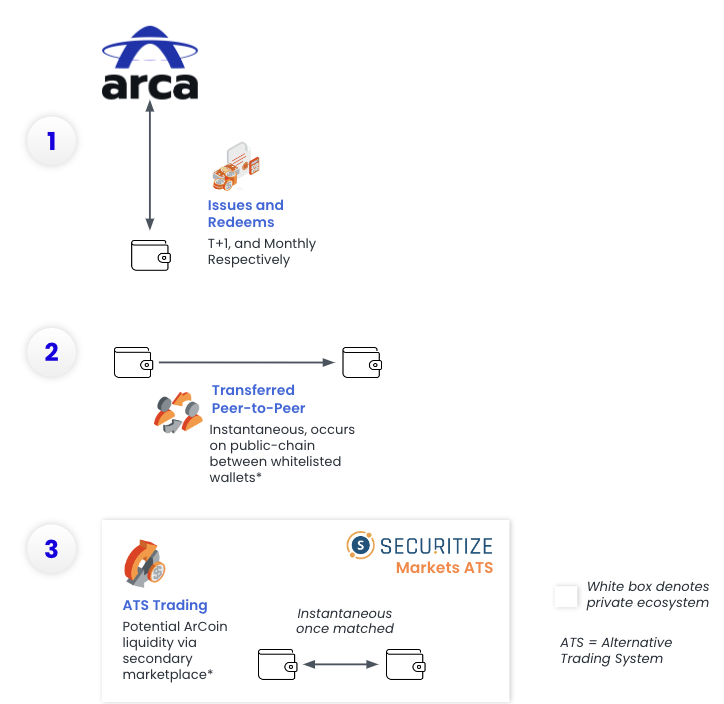Research Summary
The report discusses the intersection of artificial intelligence (AI) and cryptocurrency, focusing on the challenges and potential solutions in this space. It highlights the development of an EVM Endpoint, the potential of ZKDC, the integration of AI technologies, and the role of machine learning in advancing Web2 and Web3 platforms. The report also explores the concept of zk-enabled on-chain identity with SBTs, the emergence of DePIN, and the importance of overcoming computational constraints.
Key Takeaways
Intersection of AI and Cryptocurrency
- Challenges in AI and Crypto Intersection: The report identifies cost and scalability of AI models, difficulty of training models on-chain, and the need for proof of validity in ZKML as key challenges.
- EVM Endpoint Development: An EVM Endpoint is being developed to allow direct requests for zkProofs from EVM applications, potentially expanding the possibilities for zk-enabled applications.
- Role of ZKDC: ZKDC holds potential for various applications, including trustless audits of ML-powered applications and Prover-as-a-Service for private smart contracts.
AI Integration and Machine Learning
- AI Integration Benefits: Integrating AI technologies into processes can increase efficiency and productivity, with Web3 emphasizing community-oriented approaches and ownership.
- Machine Learning in Web2 and Web3: Machine learning has played a crucial role in advancing Web2 platforms, but its integration into Web3 platforms has been limited. Onaji emerges as a comprehensive Full-Stack Machine Learning and Data Science Solution designed for Web3 platforms.
- Onaji’s ML Capabilities: Onaji’s ML capabilities can be employed to develop applications like a Personalized ETH Token Recommender or a tool to Find Wallets with Similar Preferences, enhancing user experiences and interactions within the Web3 ecosystem.
On-Chain Identity and zk-enabled SBTs
- On-Chain Identity: On-chain identity offers a more secure alternative to centralized solutions, but it still has inherent flaws that need to be addressed.
- zk-enabled On-Chain Identity with SBTs: zk-enabled on-chain identity with SBTs provides a decentralized and self-sovereign approach, giving individuals full control over their identity data and removing reliance on central authorities.
- Benefits of zk-enabled SBTs: By adopting zk-enabled on-chain identity with SBTs, a more secure, private, and reliable identity verification method can be achieved, protecting user data and mitigating risks associated with centralized data breaches and flawed on-chain identity solutions.
DePIN and AI Warfare
- DePIN’s Role: DePIN has emerged as a means of democratizing AI warfare by decentralizing power and control in response to the rise of centralized AI warfare.
- DePIN’s Infrastructure: DePIN proposes an off-chain computational infrastructure to convert real-world data streams into verifiable, smart contract-ready proofs, enabling AI processes to be executed off-chain and validated through smart contracts on the blockchain.
- DePIN’s Potential: DePIN can provide a powerful and decentralized framework for AI warfare by integrating real-world data with secure and tamper-proof smart contracts, unlocking new economic possibilities and opportunities in the trillion-dollar AI market.
Computational Constraints and ZK Protocols
- Computational Constraints: Computational constraints have emerged as the most significant bottleneck in the short term in the rapidly evolving landscape of technology.
- Overcoming Constraints: Overcoming this challenge requires substantial investment in developing more powerful and energy-efficient hardware, optimization techniques, and scalable algorithms.
- ZK Protocols: Diversifying and expanding the use cases of zero-knowledge (ZK) protocols can accelerate their mainstream acceptance and empower users with enhanced security and privacy.
Actionable Insights
- Investigate the Potential of zk-enabled SBTs: Given the benefits of zk-enabled on-chain identity with SBTs, it may be worthwhile to explore their potential in providing a more secure, private, and reliable identity verification method.
- Consider the Role of Machine Learning: With the role of machine learning in advancing Web2 and Web3 platforms, it may be beneficial to consider how it can be integrated into processes to increase efficiency and productivity.
- Explore the Use of DePIN: Given DePIN’s potential in democratizing AI warfare and integrating real-world data with secure and tamper-proof smart contracts, it may be worth exploring its use in various applications.













